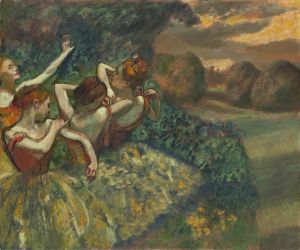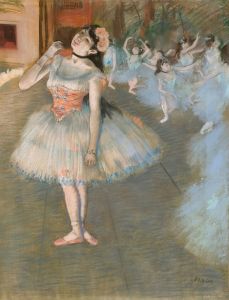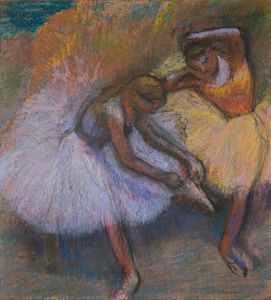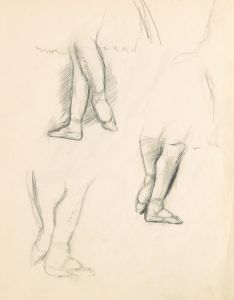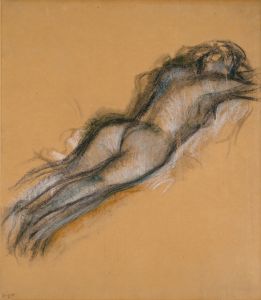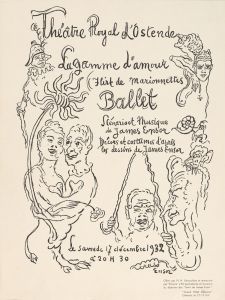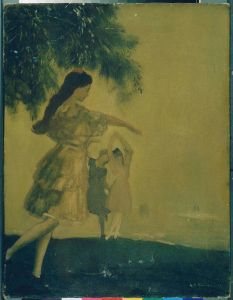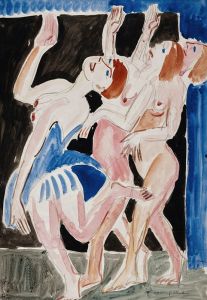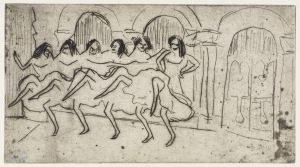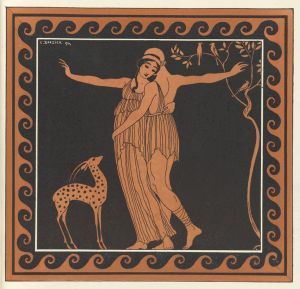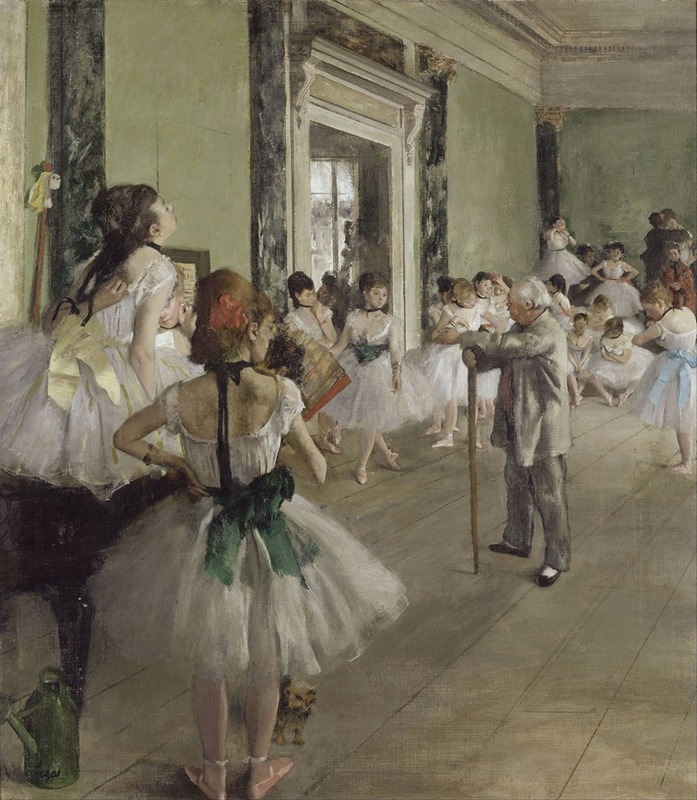
The Ballet Class
A hand-painted replica of Edgar Degas’s masterpiece The Ballet Class, meticulously crafted by professional artists to capture the true essence of the original. Each piece is created with museum-quality canvas and rare mineral pigments, carefully painted by experienced artists with delicate brushstrokes and rich, layered colors to perfectly recreate the texture of the original artwork. Unlike machine-printed reproductions, this hand-painted version brings the painting to life, infused with the artist’s emotions and skill in every stroke. Whether for personal collection or home decoration, it instantly elevates the artistic atmosphere of any space.
Edgar Degas's "The Ballet Class" is a renowned painting that exemplifies the artist's fascination with the world of ballet and his innovative approach to capturing movement and the human form. Created in the late 19th century, this work is one of several pieces by Degas that focus on ballet dancers, a subject that became a significant theme throughout his career.
"The Ballet Class" was painted between 1871 and 1874, during a period when Degas was deeply engaged with the Paris Opera and its ballet school. This painting is notable for its depiction of a dance class in session, offering a glimpse into the rigorous training and discipline of young ballerinas. The scene is set in a rehearsal room, where a group of dancers is practicing under the watchful eye of a ballet master. The composition captures the moment with a sense of immediacy and realism, characteristics that are hallmarks of Degas's style.
Degas's technique in "The Ballet Class" reflects his interest in the effects of light and movement. He employs a soft color palette, using pastels and oils to create a delicate interplay of light and shadow. The figures are arranged in a dynamic composition, with some dancers in motion and others at rest, conveying the fluidity and grace of ballet. The painting's perspective is slightly elevated, allowing viewers to observe the scene as if they are part of the audience, yet maintaining a sense of intimacy with the subjects.
One of the most striking features of "The Ballet Class" is Degas's attention to detail in the portrayal of the dancers. Each figure is rendered with precision, capturing the nuances of their poses and expressions. The dancers' costumes, with their layers of tulle and satin, are depicted with a meticulousness that highlights Degas's skill in rendering textures. The ballet master, often identified as Jules Perrot, a famous ballet instructor of the time, stands prominently, guiding the dancers with authority and expertise.
Degas's interest in ballet was not merely artistic; it also reflected his fascination with the discipline and dedication required of dancers. Through works like "The Ballet Class," he explored themes of performance, the human body, and the intersection of art and life. His paintings of ballet scenes are celebrated for their ability to capture the ephemeral beauty of dance and the behind-the-scenes reality of the dancers' world.
"The Ballet Class" is housed in the Musée d'Orsay in Paris, where it continues to be admired by art enthusiasts and scholars alike. The painting is a testament to Degas's innovative approach to composition and his enduring legacy as a master of capturing movement and the human form. Through this work, Degas offers a timeless glimpse into the world of ballet, inviting viewers to appreciate the artistry and dedication of the dancers he so admired.





